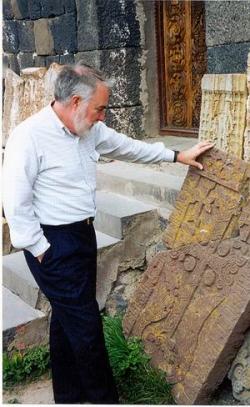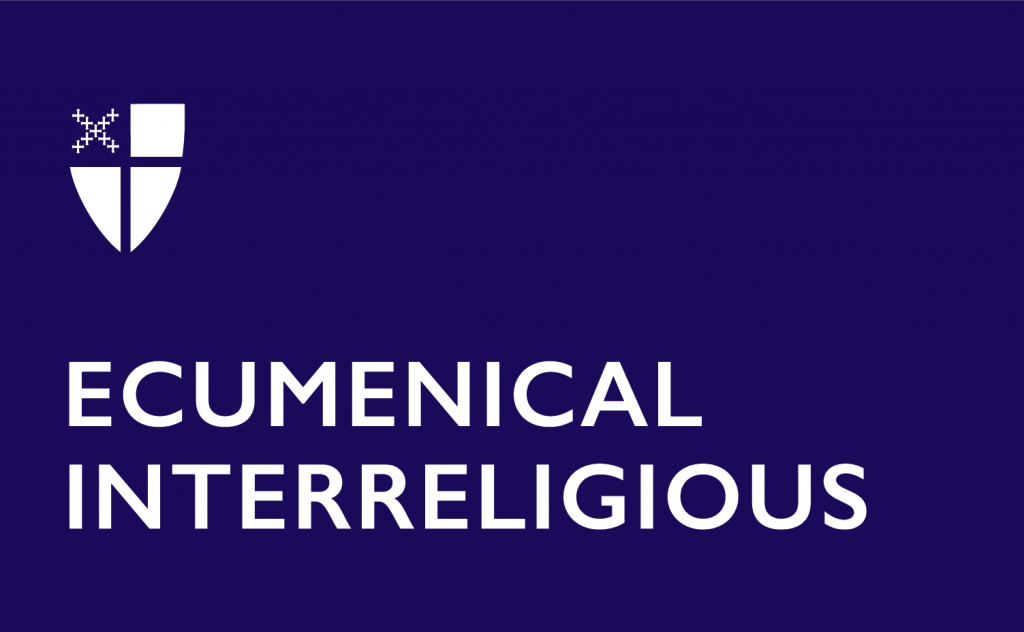Pillars of understanding
Islamic foundations resemble traditional Christian practices

By: Christopher Epting
One of many interesting things about the study of the world’s religions is that it often leads to an invitation to examine one’s own religion closely, to critique it and, just as often, to appreciate it more fully.
Just as Anglican theology frequently is described as a balance of Scripture, tradition and reason; Islam often is described by referring to its “five pillars.” I believe a look at these pillars, with reference to their counterparts in Christianity, can instruct and deepen our faith.
The first pillar is the Islamic Confession of Faith, “I witness that there is no deity except God, and Mohammed is God’s messenger.” This reminds Christians that they, too, are monotheistic and that the doctrine of the Trinity in no way implies a multiplicity of gods, or that God, like “all Gaul,” is divided into three parts. It is also a reminder of the importance of a daily recitation of the creed (usually the Apostles’ Creed, the baptismal symbol) to internalize the essentials that serve to ground the faith.
The second pillar is prayer. Muslims pray five times each day — at dawn, noon, in the mid-afternoon, at sunset and at night. This kind of “sanctification of time” is familiar to Episcopalians who recite the Daily Office, but how many (except monastics) strive to follow the prayer book pattern of four offices a day?
Morning Prayer, Noonday Office, Evening Prayer and Compline set out for us a similar pattern as our Muslim sisters and brothers follow. Muslims assume various physical postures as they pray (facing the Qiblah in Mecca, raising both hands to the ears, making a profound bow or Ruku, prostrating oneself in Sajda).
Have we gone too far in simplifying our ceremony? As Anglicans, we believe that we use all our senses and our body in prayer. Making the sign of the cross is probably more common in Episcopal churches today than ever, but bowing before the cross and during the recitation of “Glory to the Father, and to the Son, and to the Holy Spirit …” has practically disappeared.
As for kneeling, surely it is appropriate to stand for the Eucharistic prayer during the Easter season as in accord with ancient tradition, but why not choose the option of kneeling for the rest of the year?
The third pillar, charity, is as important for Muslims as for Christians. While most Christians are challenged to give a tithe (or 10 percent), the Muslim zakat is more like two-and-one-half percent. What is impressive, however, is that this contribution is not to be given to an institution like a mosque or Islamic organization, but to the genuine poor and needy. Direct aid, if you will. This is a reminder that at least some tithe should be directed to meet human need, not only to support a local parish.
The fourth pillar, fasting during the Month of Ramadan, is most like the season of Lent. However, refraining from eating and drinking during the daylight hours for one month makes many of contemporary Lenten “sacrifices” seem tame. In a health-and-fitness-conscious age and in a day when “spirituality” has become the rage, it seems strange that the ancient Judeo-Christian discipline of fasting is observed most often in the breach.
Anyone want to join me in fasting until sunset during the 40 days of Lent next year?
Finally, for Muslims, there is the pilgrimage to Mecca, or the Hajj. My visit to the Middle East was a life-changing experience. I had always felt that I could experience the presence of Christ anywhere. Why would I need to go there? Nonetheless, being in that timeless land and walking, if not in the footsteps of Jesus, at least in the vicinity, was more powerful than I could have imagined. And certainly the three holiest “spaces” in which I have ever prayed are the Western Wall, the Church of the Holy Sepulchre and the Al-Aqsa Mosque.
There are many “holy lands” for us. T.S. Elliot’s definition of places where “prayer has been valid” could include Rome, Canterbury, the national or a diocesan cathedral, retreat centers, outdoor sites of natural beauty and many more. The “act” of pilgrimage is at least as important as the destination.
As the Muslim population grows around us and throughout the world, perhaps it would not be a bad thing to think about “the five pillars” … for us!

